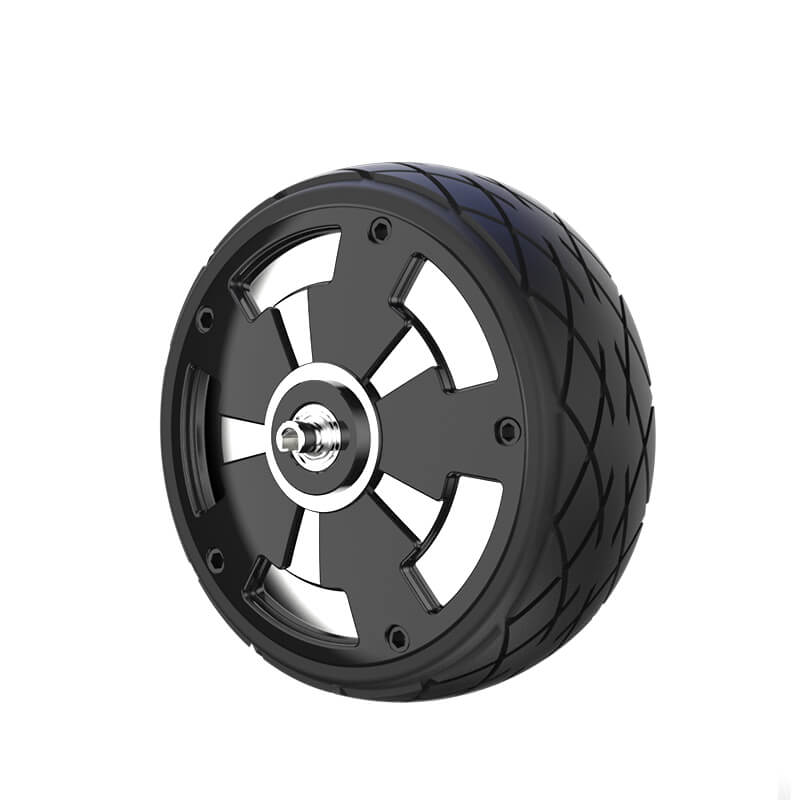part 1:
In the rapidly evolving world of automation and robotics, precision, reliability, and efficiency are the names of the game. Whether you're a seasoned engineer designing complex manufacturing systems or a passionate hobbyist building your first robot, understanding the intricacies of motor control is essential. Among the myriad components that make modern automation possible, the servo motor driver module stands out as a cornerstone technology—combining power, accuracy, and versatility in one compact package.

Imagine trying to control a robot arm to pick up delicate objects. The challenge isn't just about moving an arm from point A to point B; it’s about doing so smoothly, precisely, and within milliseconds. This is where servo motor driver modules come into play. Instead of relying on simple on/off switches or basic motor controllers, these specialized modules facilitate sophisticated control of servo motors—small yet powerful motors renowned for their precision and reliability.
At its core, a servo motor driver module is an electronic device designed to regulate the power supplied to a servo motor based on input signals. When integrated properly, it can precisely control the position, speed, and acceleration of a motor shaft—enabling complex movements that mimic human dexterity or industrial automation tasks. From CNC machines to drone flight controllers, servo driver modules are the unsung heroes behind many advanced systems.
But what exactly makes these modules so vital? Let’s delve deeper into their core functions and why they’ve become indispensable in modern applications.
The Anatomy of a Servo Motor Driver Module The typical servo motor driver module includes several critical components, each playing a role in the overall control system:
Power Supply Section: Converts incoming power to suitable levels, offering stable voltage and current. This ensures the servo motor operates smoothly without fluctuations that could lead to jitter or inaccuracies.
Control Interface: Accepts signals from a microcontroller or other control system—usually PWM (Pulse Width Modulation)—to determine the desired position or speed.
Amplification Circuitry: Interprets control signals and amplifies them to drive the motor’s windings effectively. This involves H-bridges or other transistor arrangements that can manage bidirectional current flow.
Feedback Mechanism: Many advanced modules include feedback sensors—like encoders—that continuously monitor the motor’s position, enabling real-time adjustments and high-precision control.
Protection and Safety Features: Overcurrent protection, thermal shutdown, and voltage regulation safeguard both the module and connected motors against potential damage.
Understanding these elements highlights why a well-designed servo motor driver module dramatically improves performance, responsiveness, and lifespan of servo systems.
Types of Servo Motor Driver Modules Not all modules are created equal. The market offers a spectrum of servo driver modules suited for different tasks:
Analog Servo Drivers: These are simpler, often based on basic circuitry, and are ideal for small-scale projects, where high precision isn’t critical.
Digital Servo Drivers: Incorporate digital control algorithms, such as PID (Proportional-Integral-Derivative) control, delivering better accuracy, faster response times, and more sophisticated feedback handling.
Integrated Servo Drive Units: Complete systems that combine motor, driver, and control electronics in a single package—perfect for compact applications or embedded systems.
Open-Source/DIY Modules: Cost-effective options designed for hobbyists and learning environments, often based on popular microcontrollers like Arduino or Raspberry Pi.
As you explore servo motor driver modules, understanding your application’s requirements—including torque, speed, control accuracy, and environmental conditions—is critical to selecting the right type.
Why the Right Motor Driver Module Matters Choosing an appropriate servo driver module isn’t just about matching technical specs; it directly impacts the success of your project. A robust driver ensures:
High Precision: Accurate positioning allows for fine control needed in delicate tasks, such as robotic surgery or micro-assembly.
Smooth Motion: Proper PWM control results in fluid movements, reducing vibrations and mechanical stress.
Efficiency: Well-matched modules optimize power consumption, extending battery life in portable devices.
Reliability and Durability: Adequate protection features prolong the lifespan of both motors and electronics—crucial in industrial settings.
Ease of Integration: Modular designs with standard interfaces streamline development and troubleshooting.
The Growing Role of Servo Motor Driver Modules in Industry From autonomous vehicles to smart manufacturing, servo motor driver modules are increasingly integral to industry 4.0 innovations. Automated warehouses use servo-driven arms to sort packages with incredible speed and accuracy. Drones rely on precise motor control for stable flight. Even medical devices leverage servo technology for delicate procedures.
Moreover, advancements in electronics have led to smarter modules featuring onboard microcontrollers, wireless communication, and Bluetooth connectivity—opening doors to remote diagnostics and real-time adjustments. The miniaturization and affordability of these modules have also turned them from specialized equipment into everyday tools for makers and startups.
In the next section, we'll explore specific applications, how to choose the right module for your needs, and some tips for getting started with integrating servo motor driver modules into your projects.
Kpower has delivered professional drive system solutions to over 500 enterprise clients globally with products covering various fields such as Smart Home Systems, Automatic Electronics, Robotics, Precision Agriculture, Drones, and Industrial Automation.




































